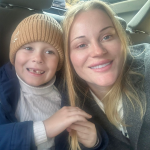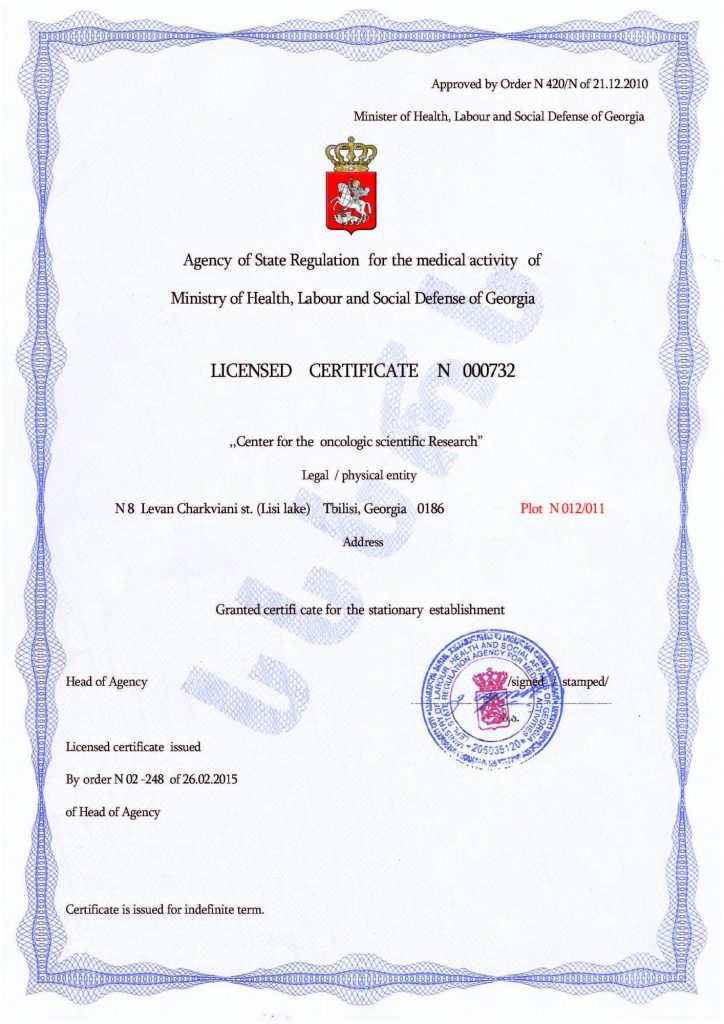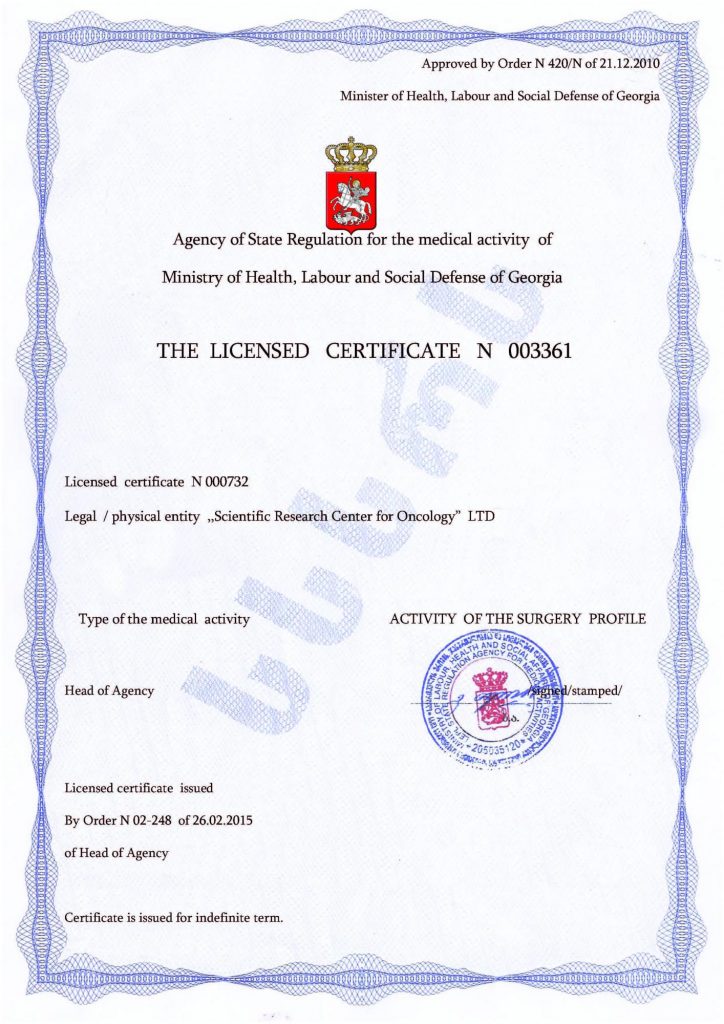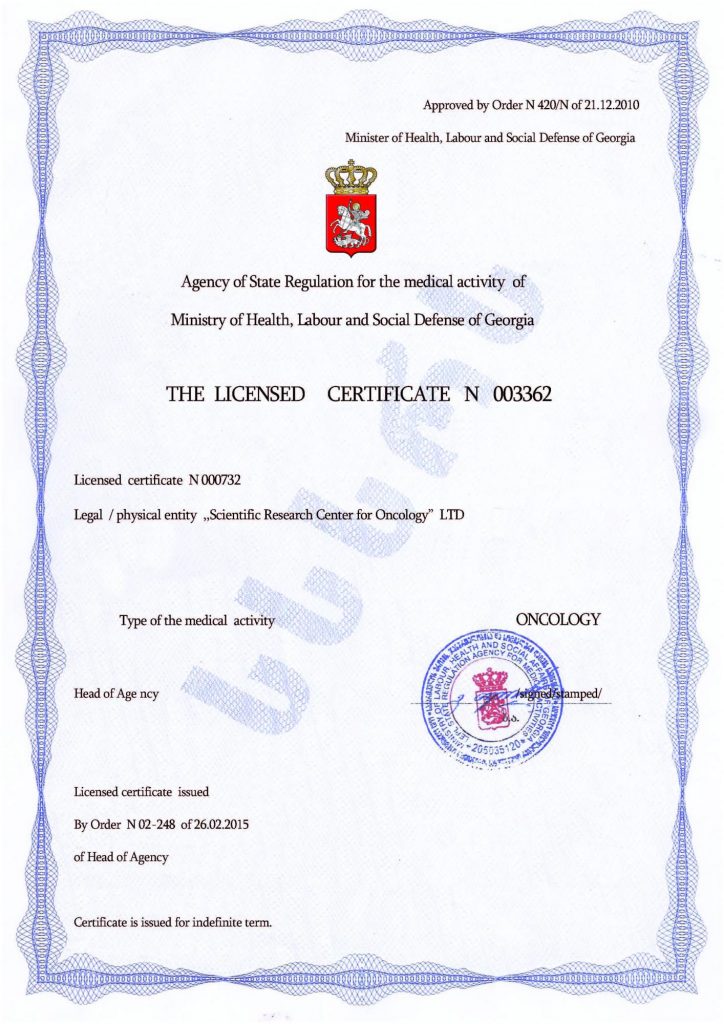How to Teach an Autistic Child to Read
Teaching reading to autistic individuals may require an adapted approach, considering the unique ways children with autism perceive and process information. There are special educational materials and textbooks tailored for children with ASD. Before choosing a particular method, it is recommended to have the child undergo a medical examination and consult with specialists in ABA therapy, speech therapists, and neurologists. Based on the child’s developmental characteristics, speech proficiency, and any speech therapy issues, appropriate training programs can be suggested.
Methods for Teaching Reading to Autistic Children
- Phonetic Analysis Method: This method focuses on the sounds and letters that make up words. Children learn phonemes (sound units) and the corresponding letters.
How to use: Use phonetic cards, letter and sound games, and help the child associate sounds with letters and words. Include plenty of repetition and practice. - Global Reading (Whole Words) Method: Instead of teaching letters and sounds, this method focuses on whole words and their meanings.
How to use: Use flashcards with whole words and pictures, show words in context (e.g., simple sentences), and create associations with images. - Visual Scheme Method: This method uses visual tools to present information.
How to use: Create visual charts and word maps, use pictures to explain word meanings, and apply color coding for different parts of speech or types of words. - Positive Reinforcement Method: This method is based on rewarding successful task completion.
How to use: Reward the child for every achievement, no matter how small. Use rewards and praise to motivate the child to keep going. - Structured Learning Method: This method involves clear and sequential organization of the learning process.
How to use: Break lessons into small, manageable steps. Provide clear instructions and use visual schedules for orientation. - Learning Through Play Method: This method incorporates game elements into the learning process.
How to use: Use board games, flashcards, and interactive apps for teaching reading. Games can make the process more engaging and motivating. - Adapted Materials Method: This method involves using special materials that meet the child’s needs.
How to use: Use books with large fonts, text materials with big and colorful illustrations, as well as adapted digital resources. - Feedback Method: Providing consistent feedback helps the child understand their mistakes and improve their skills.
How to use: Regularly discuss with the child what they did well and what needs improvement. Provide constructive criticism and suggestions for improvement. - Multisensory Learning Method: This method involves using multiple sensory channels for teaching.
How to use: Engage hearing, sight, and touch. For example, the child can listen to sounds, see letters and words, and use physical objects to form letters.
It is important to adapt the methods based on the individual needs and characteristics of the child. Regular progress assessment and a flexible approach to learning will help identify the most effective strategies.
The World’s Leading Correction Method – Stem Cell Transplantation
When it comes to the rehabilitation of a child with autism or ASD, there are no methods that are considered secondary. ABA therapy, corrective work with speech therapists, neuropsychologists, and social educators—all these are crucial for teaching an autistic child. However, there is a corrective method that is significantly more effective: bone marrow stem cell transplantation. This method has been proven in practice in many countries worldwide. Such operations are successfully performed by the Mardaleishvili Medical Center (Georgia). After the procedure, children with autism make significant progress in cognitive development, socialize better, and autistic traits become less noticeable.
Want to learn more about the procedure? Contact the specialists at the Mardaleishvili Medical Center directly
Autism Treatment Center Videos
Autism treatment with own stem cells
Cord blood association congress
International Quality Crown
Autism Treatment Reviews
Autism treatment with own stem cells
The story of Alessandro (6 years old)
Autism Patient Testimonial - Stem Cell Treatment
Clients Testimonials

Review by Anastasia, mother of Yusup (8 years old) Read More
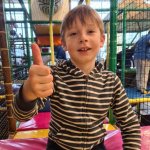
Feedback from Nathalie, mother of Andre (9 years old) Read More

Feedback from Yulia, mother of Emily (7 years old) Read More
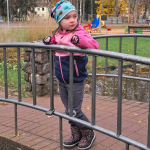
Feedback by Everita, Katrina’s mother (5 years old) Read More
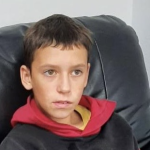
Feedback from Igor, David’s father (12 years old) Read More
